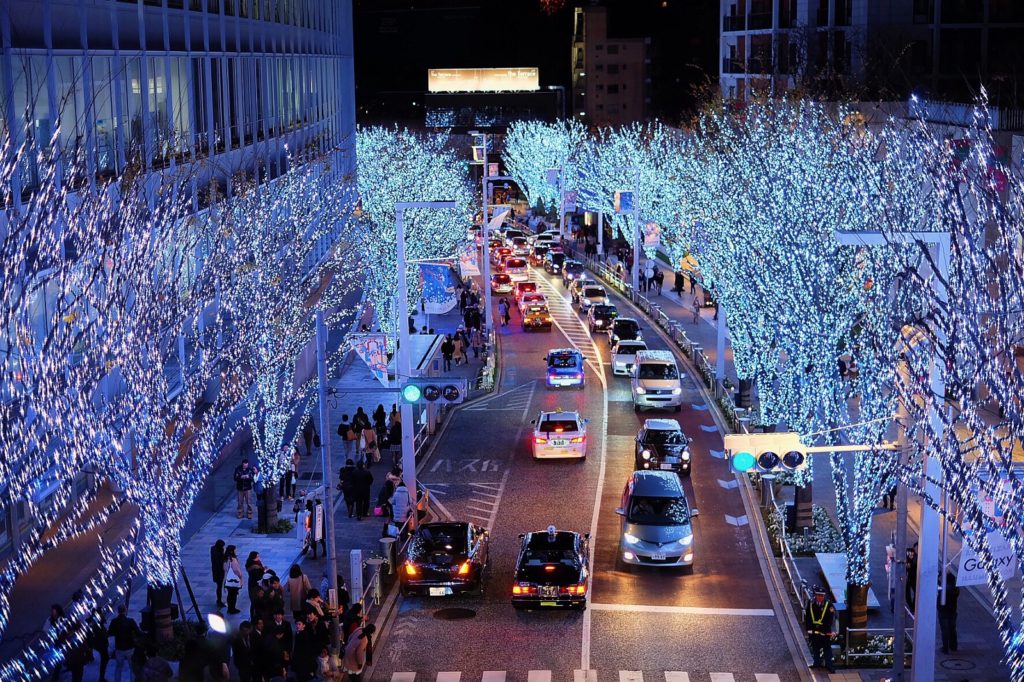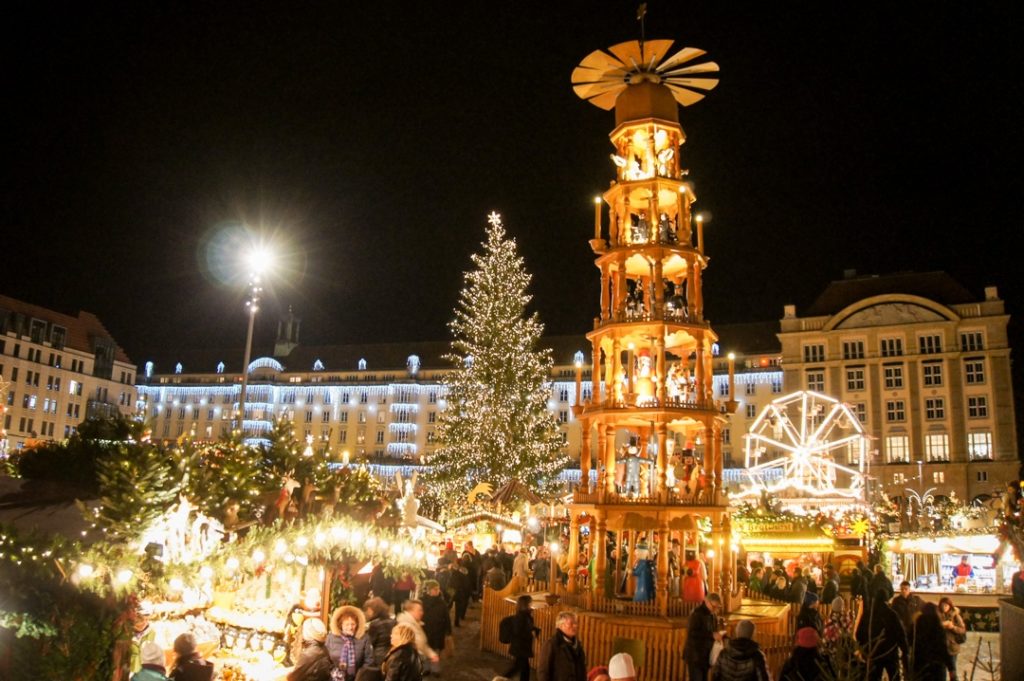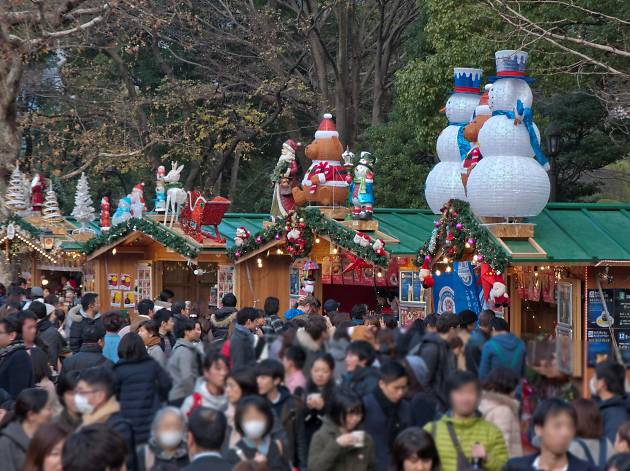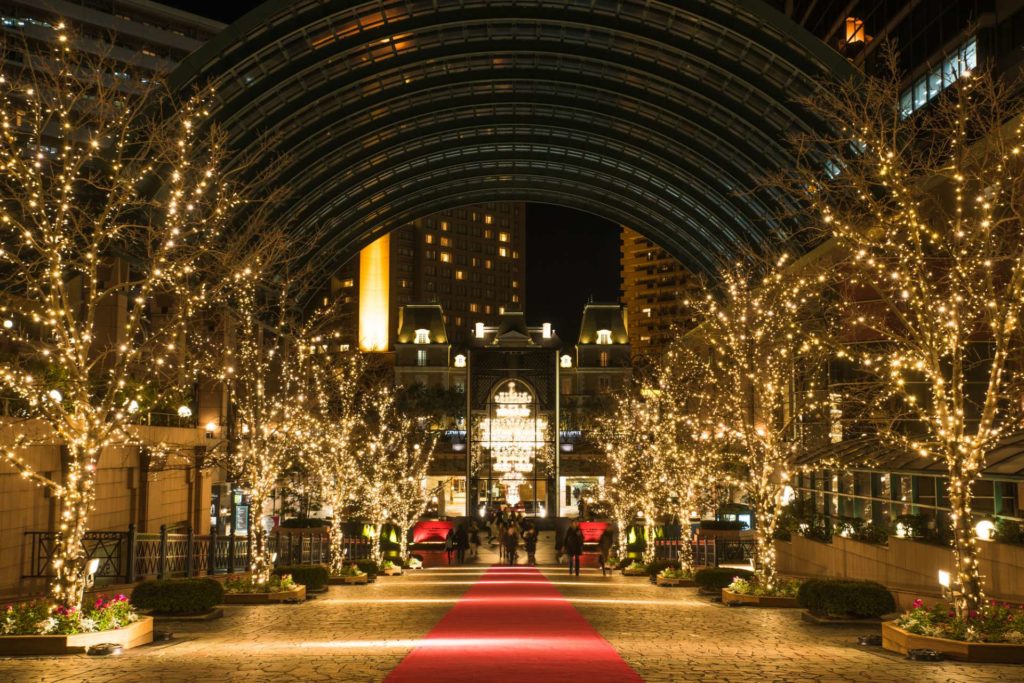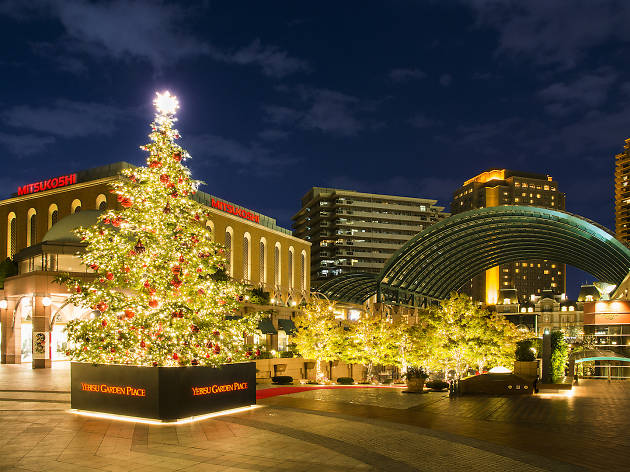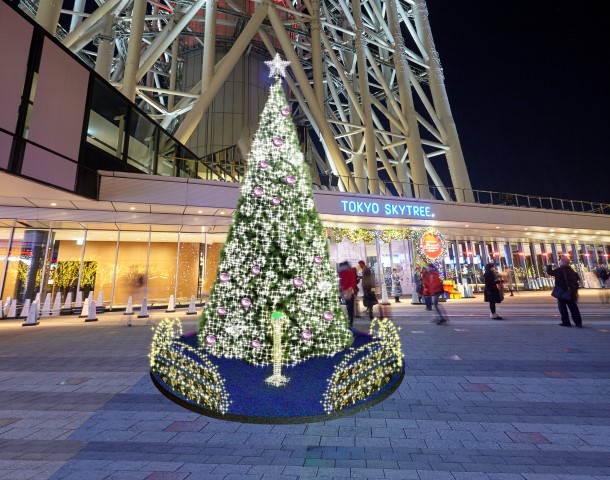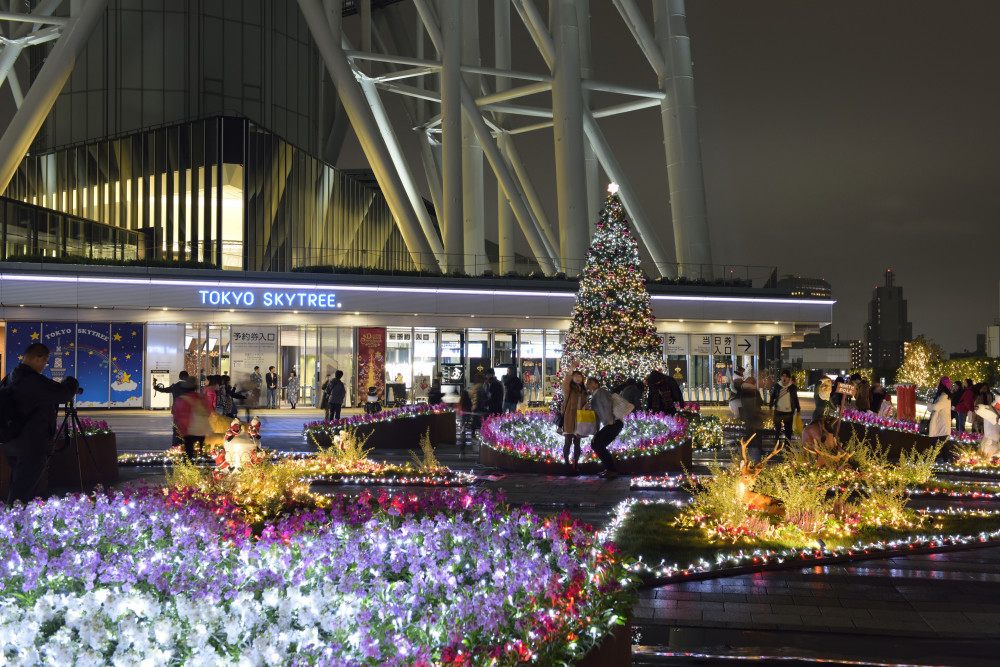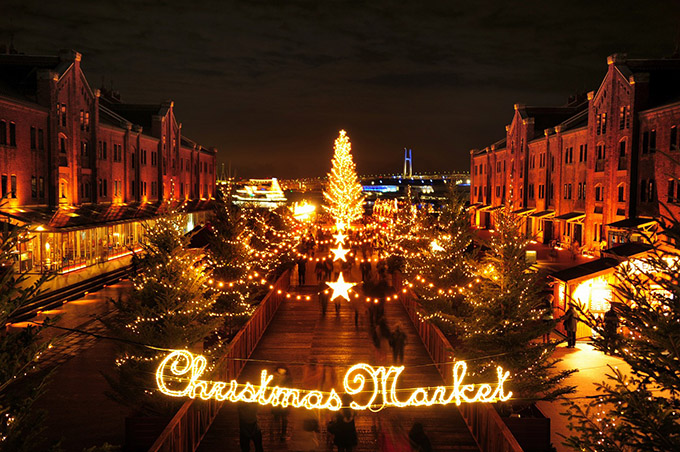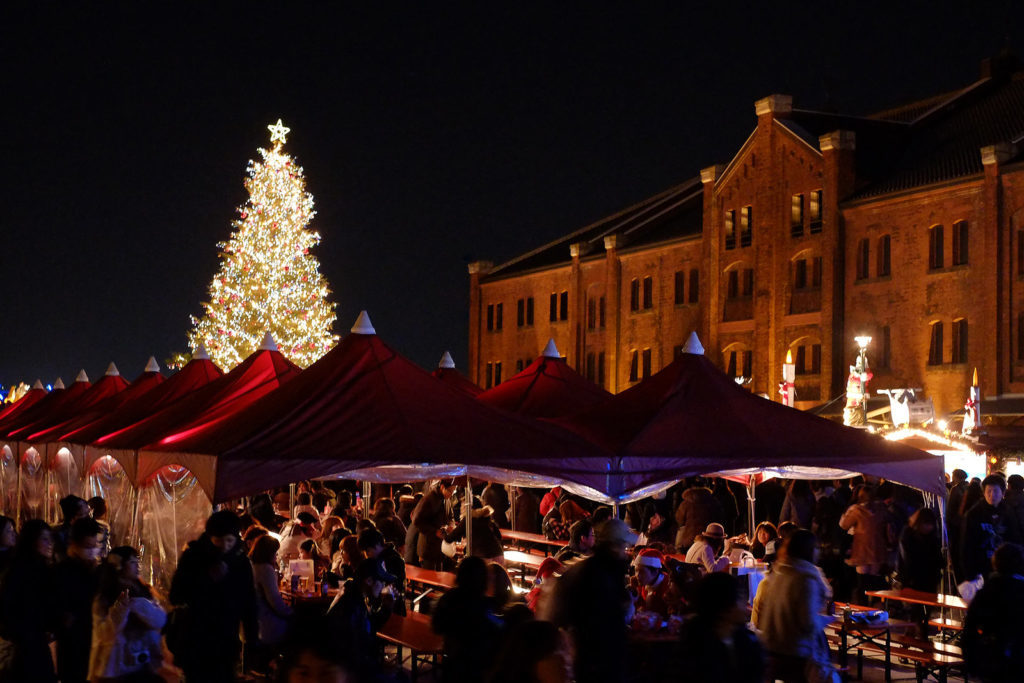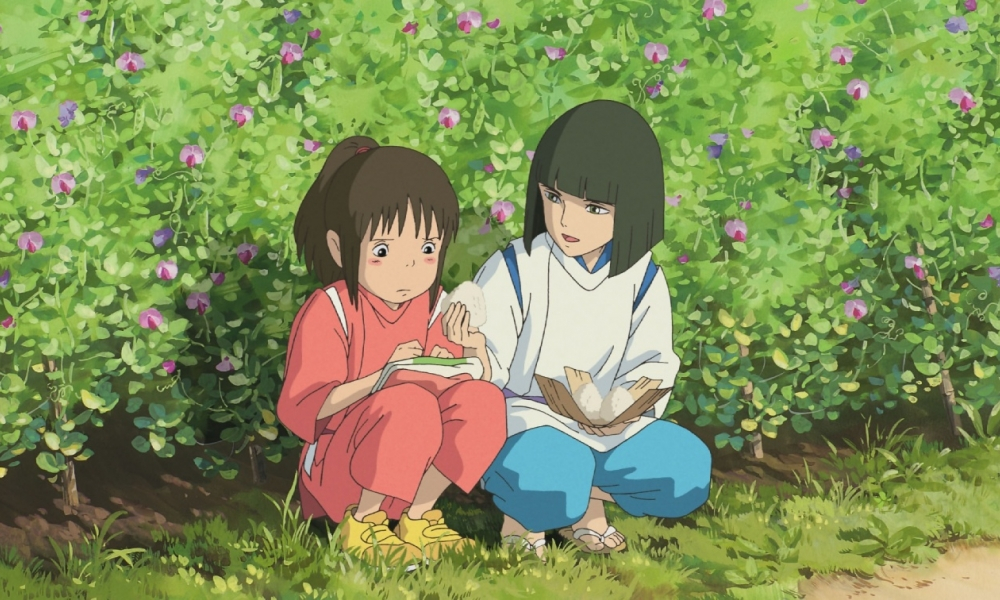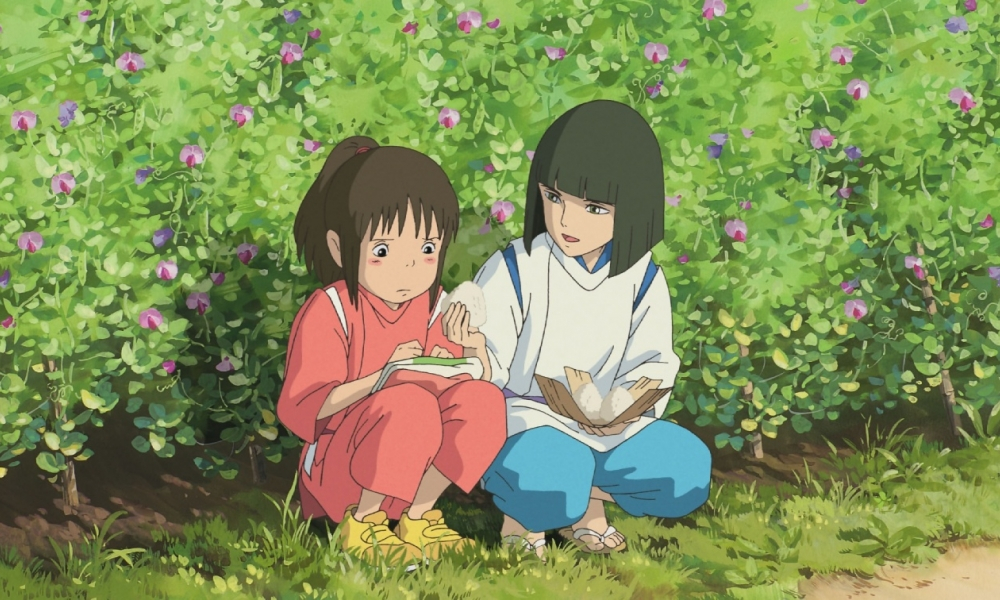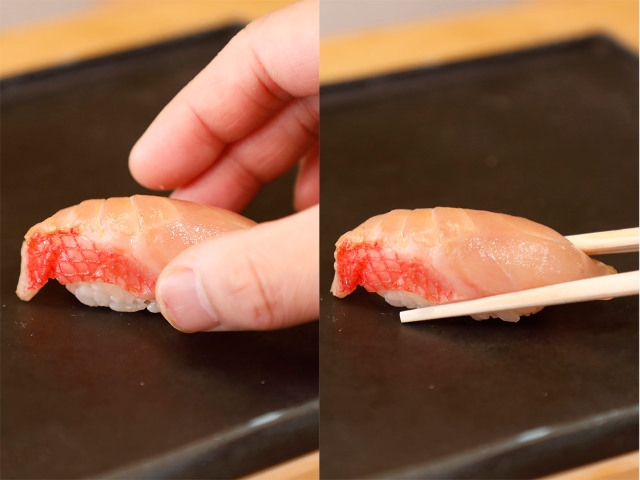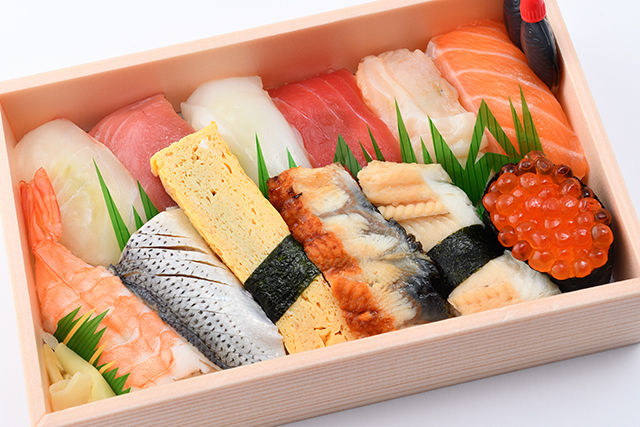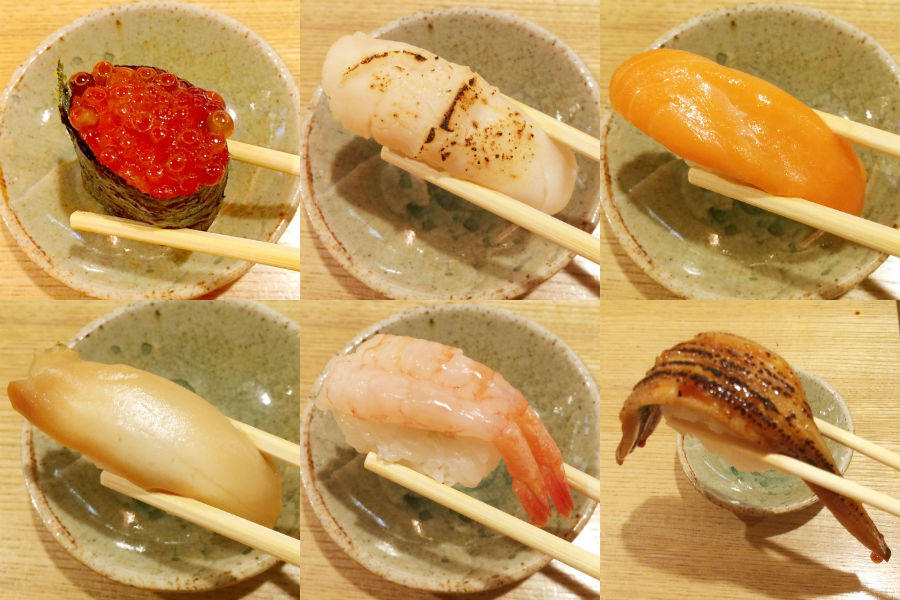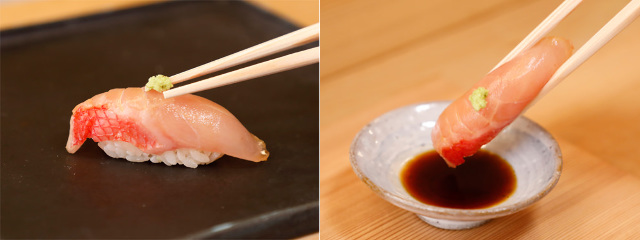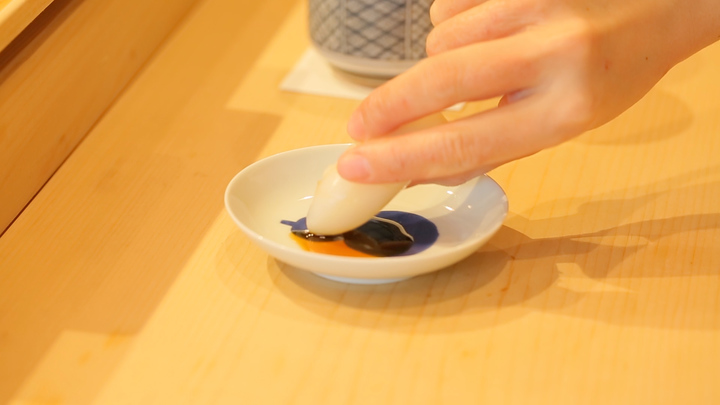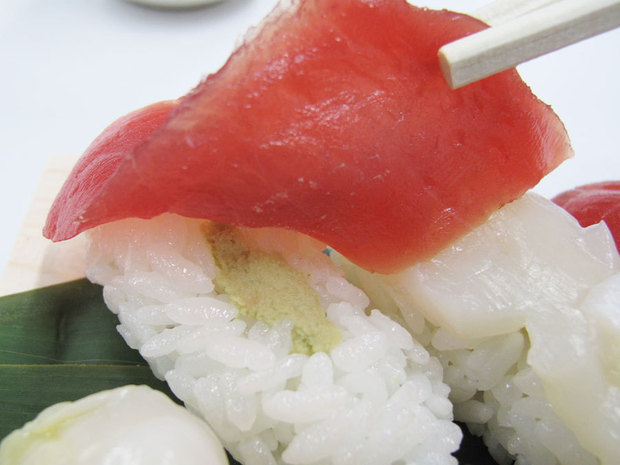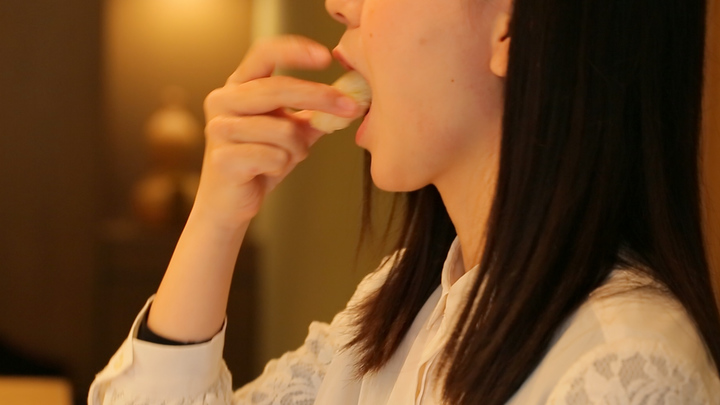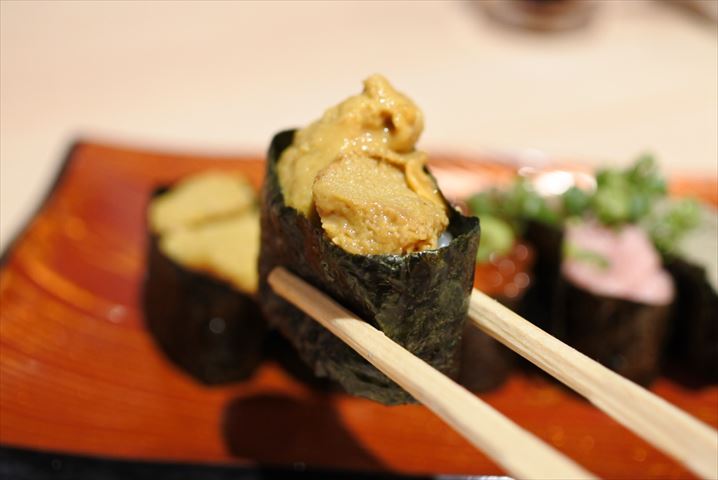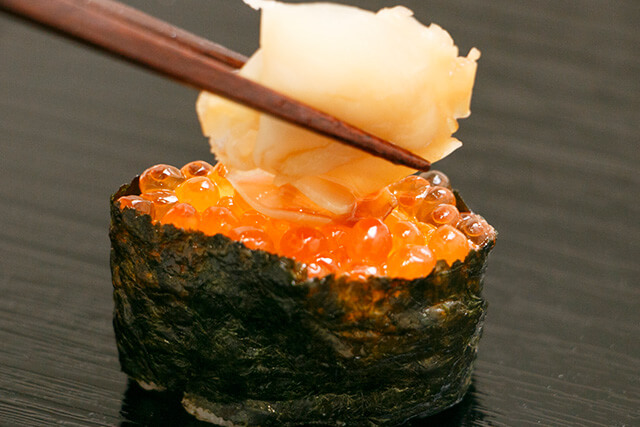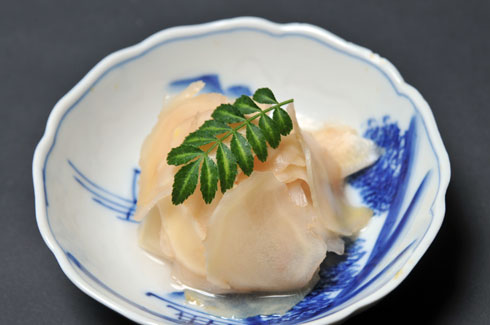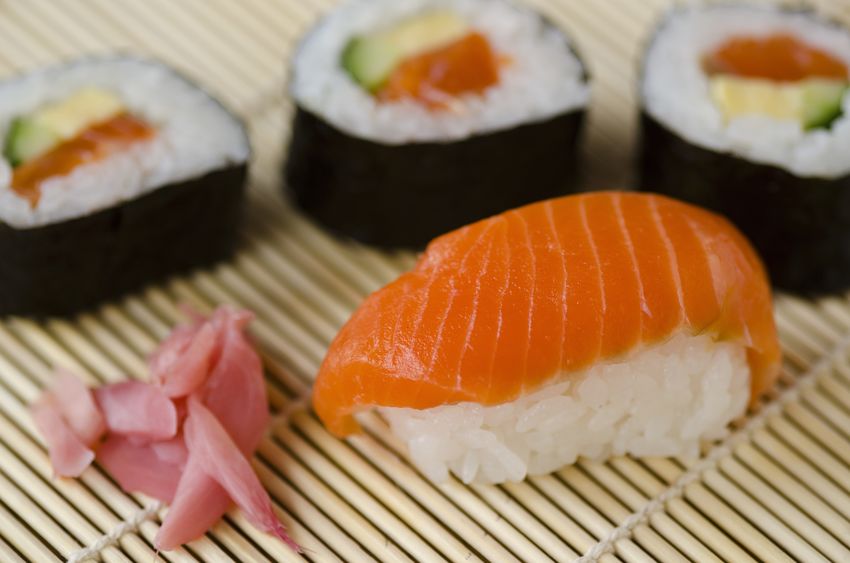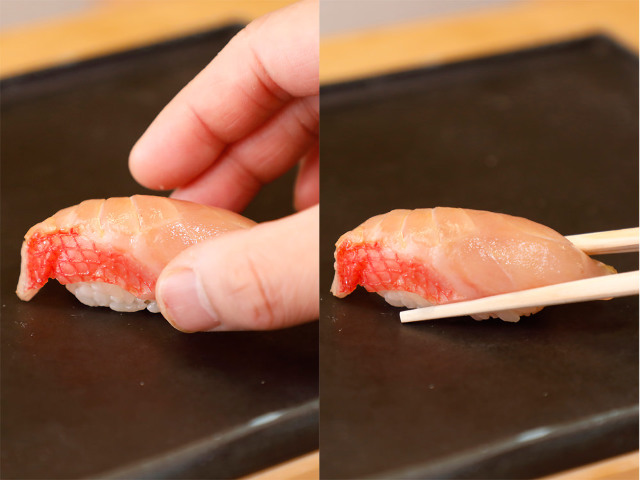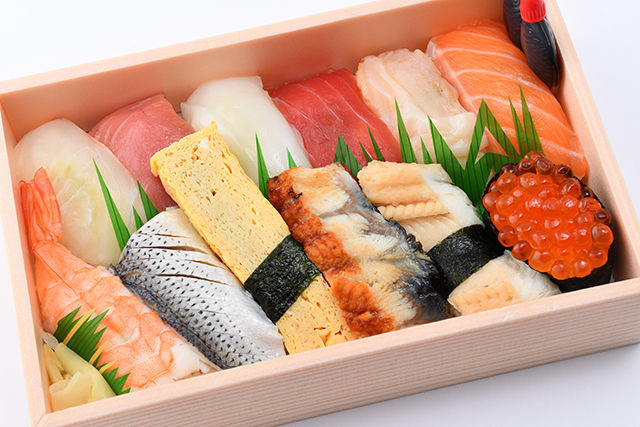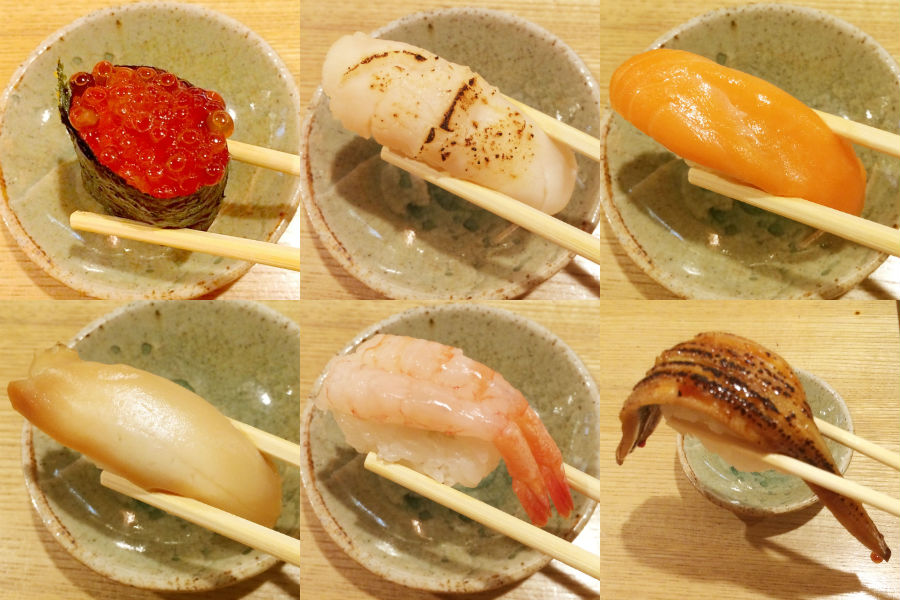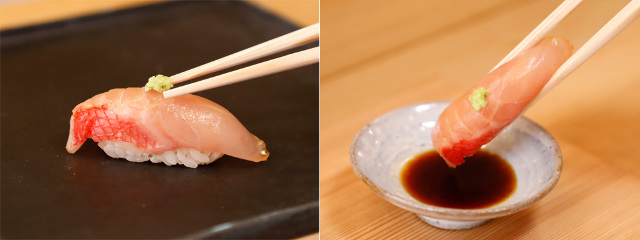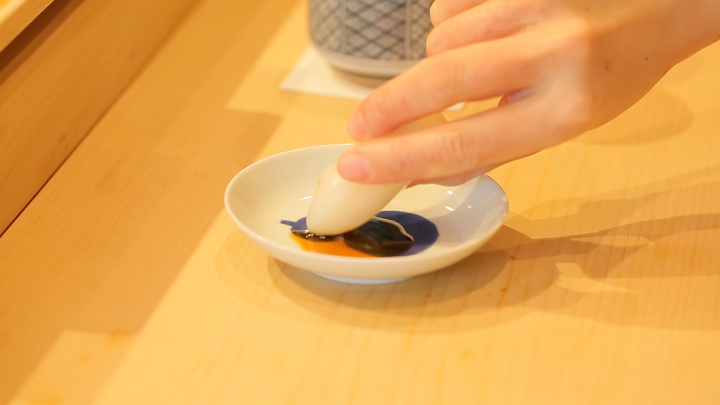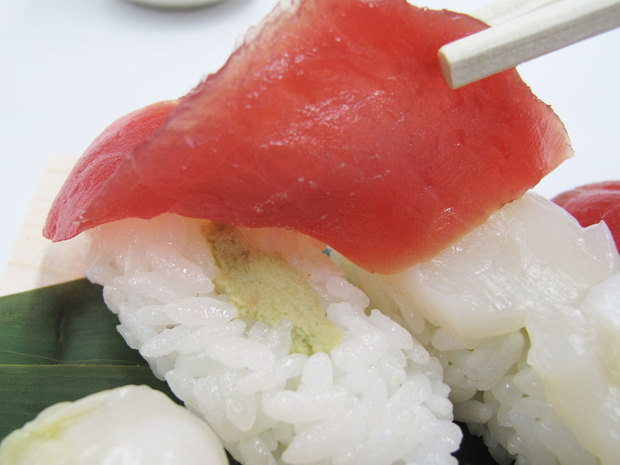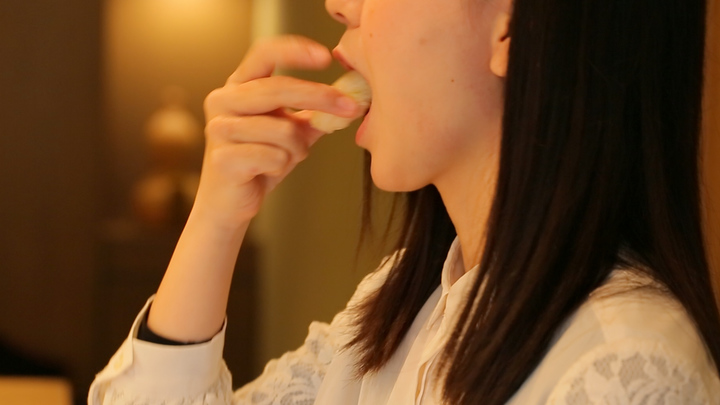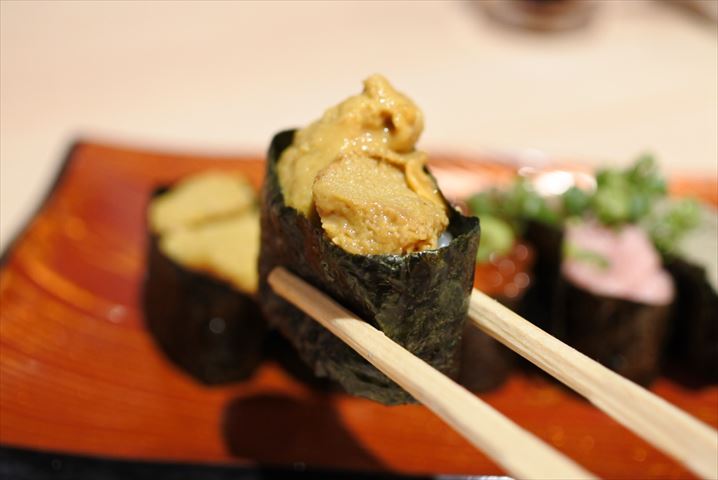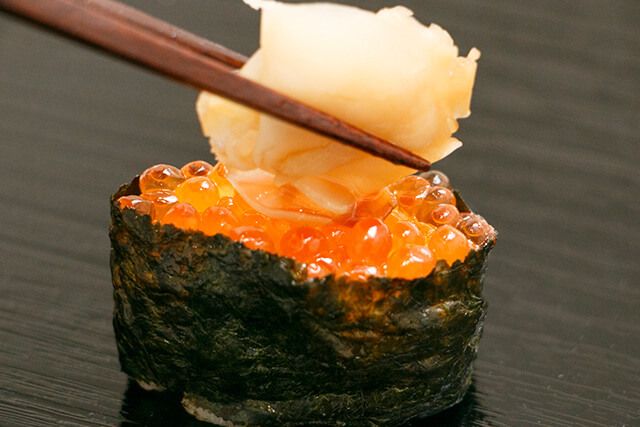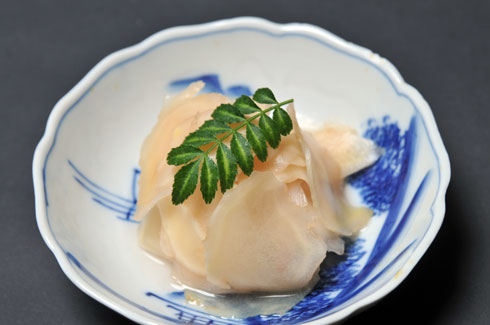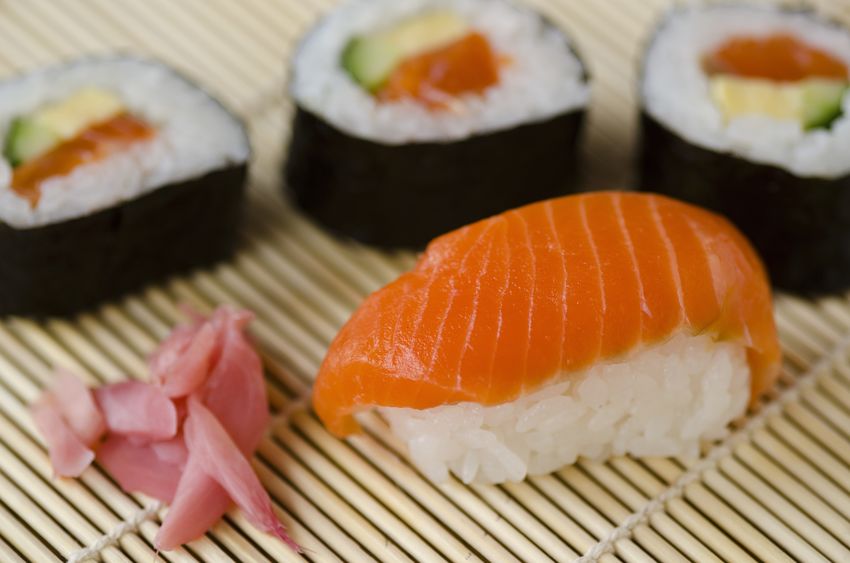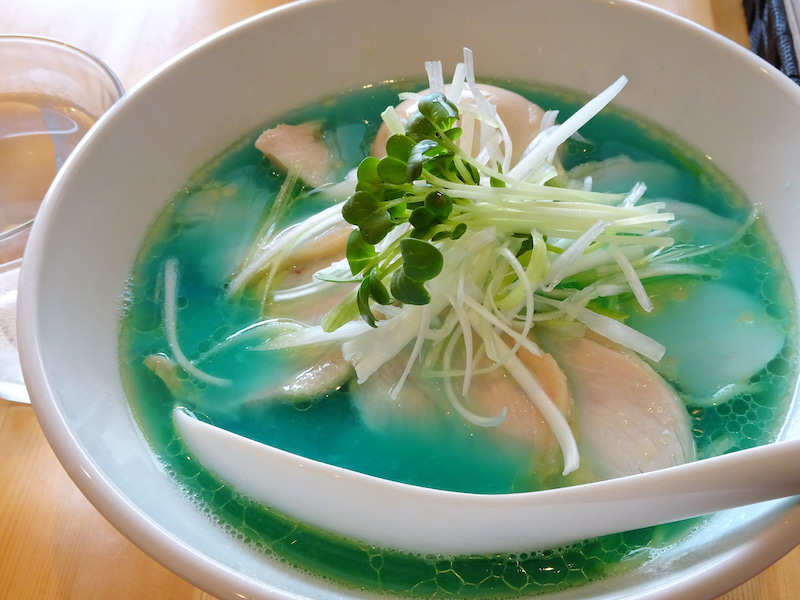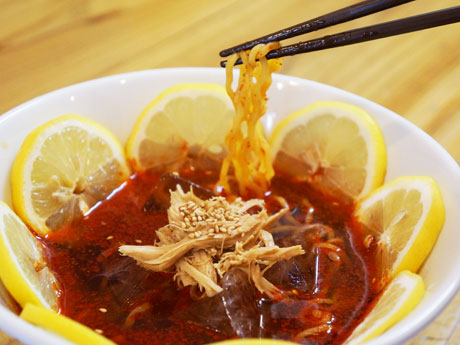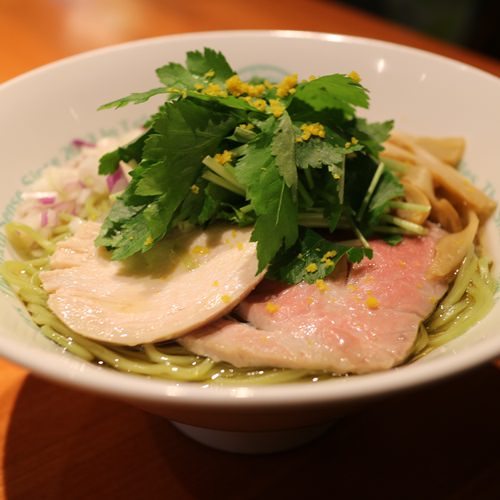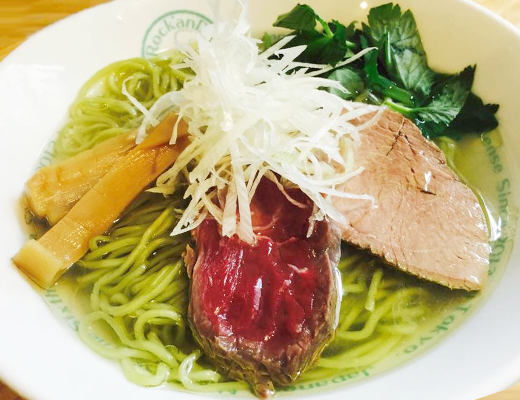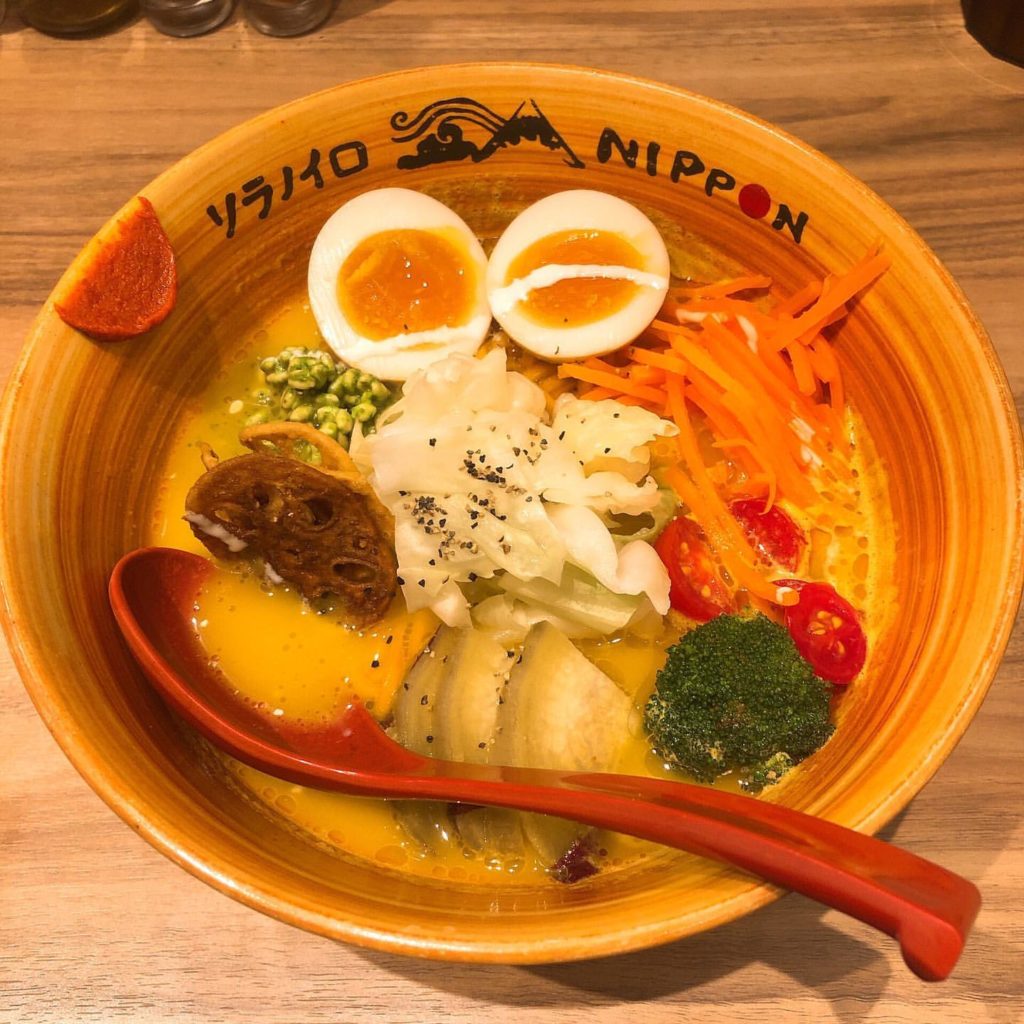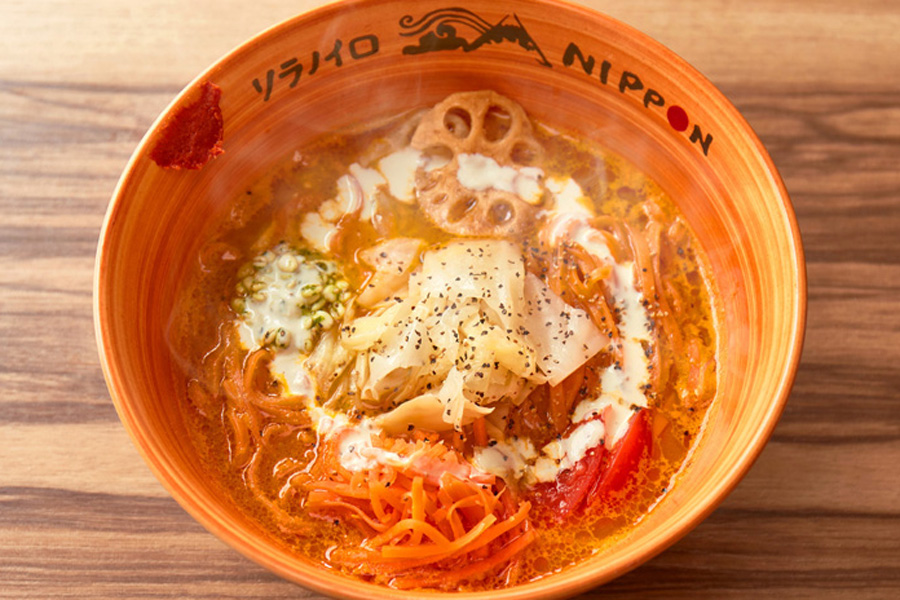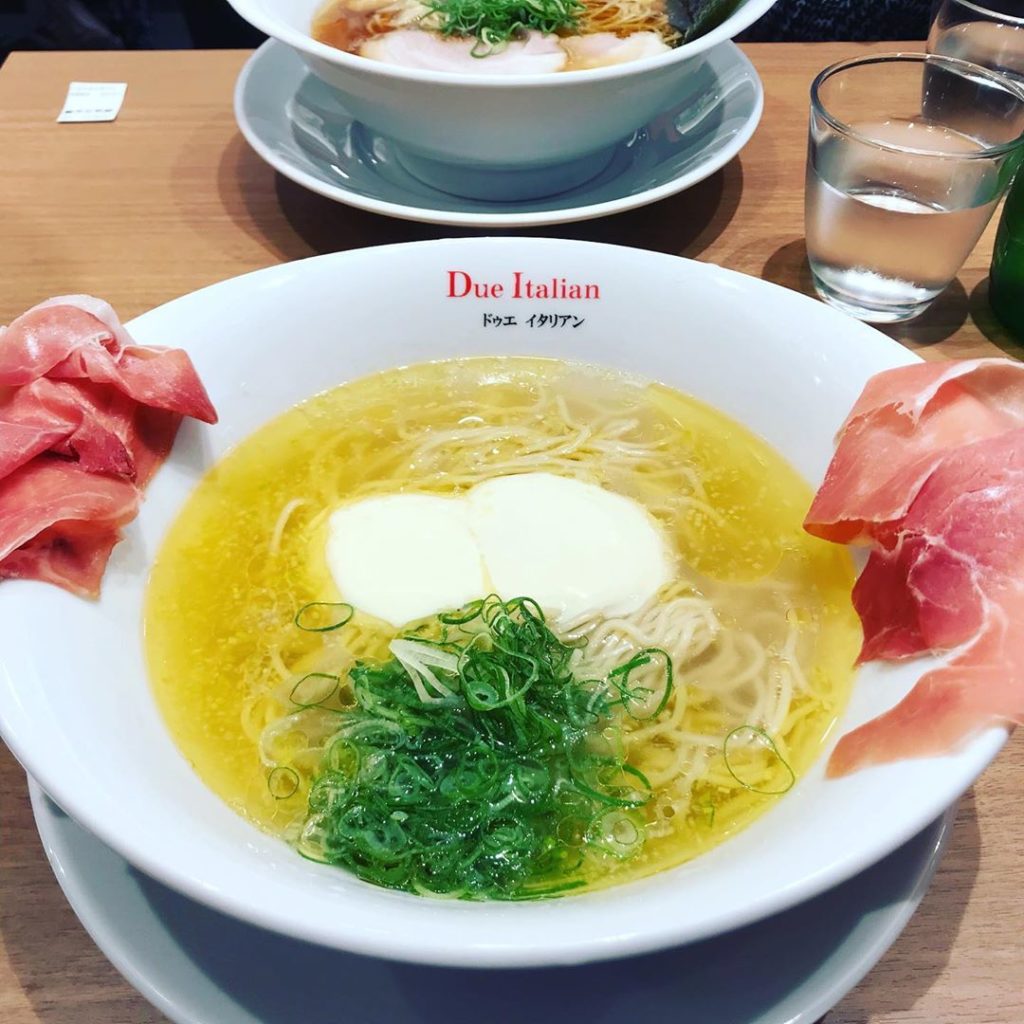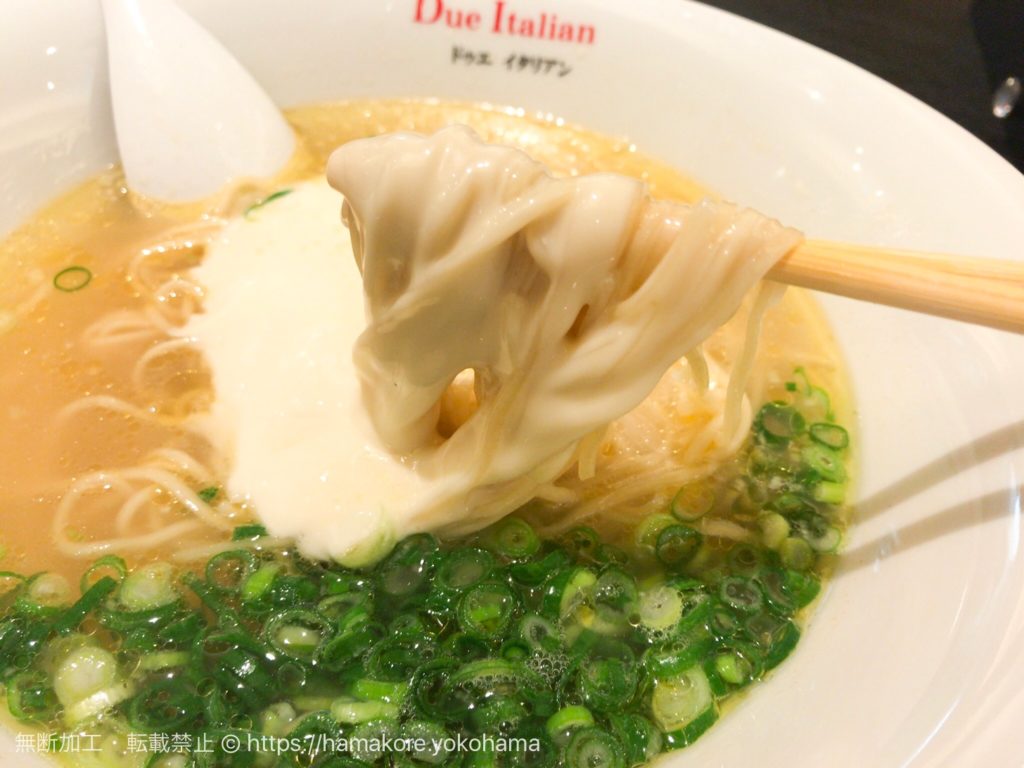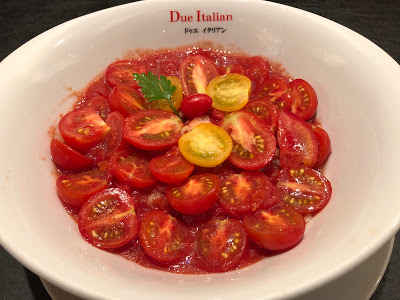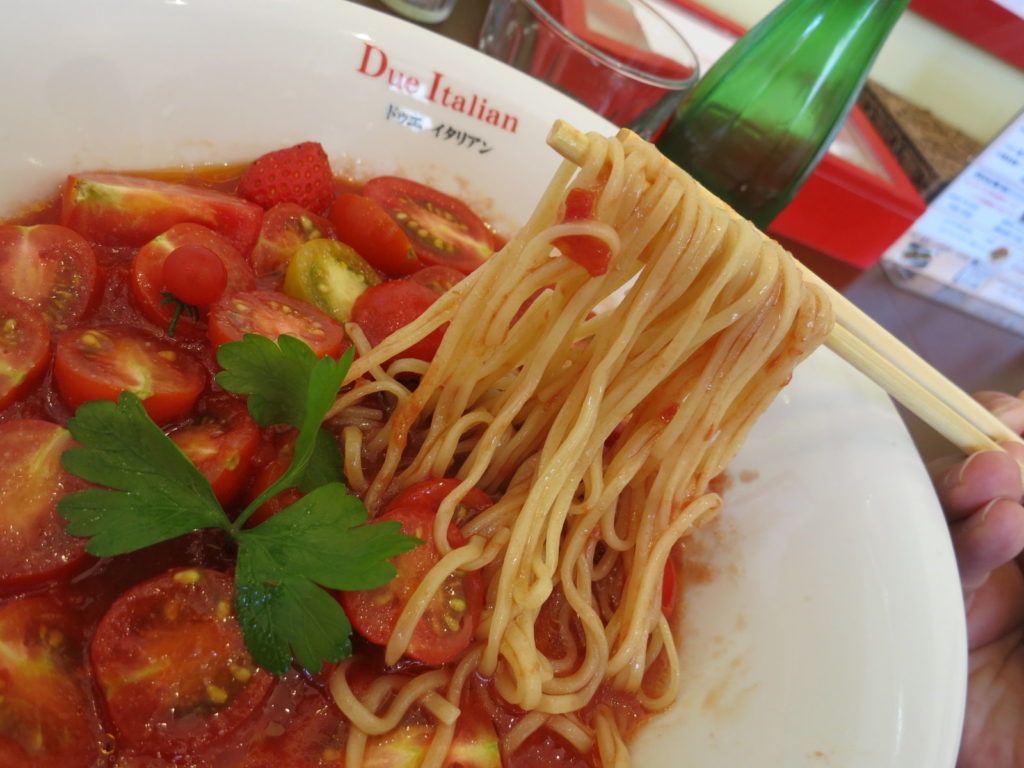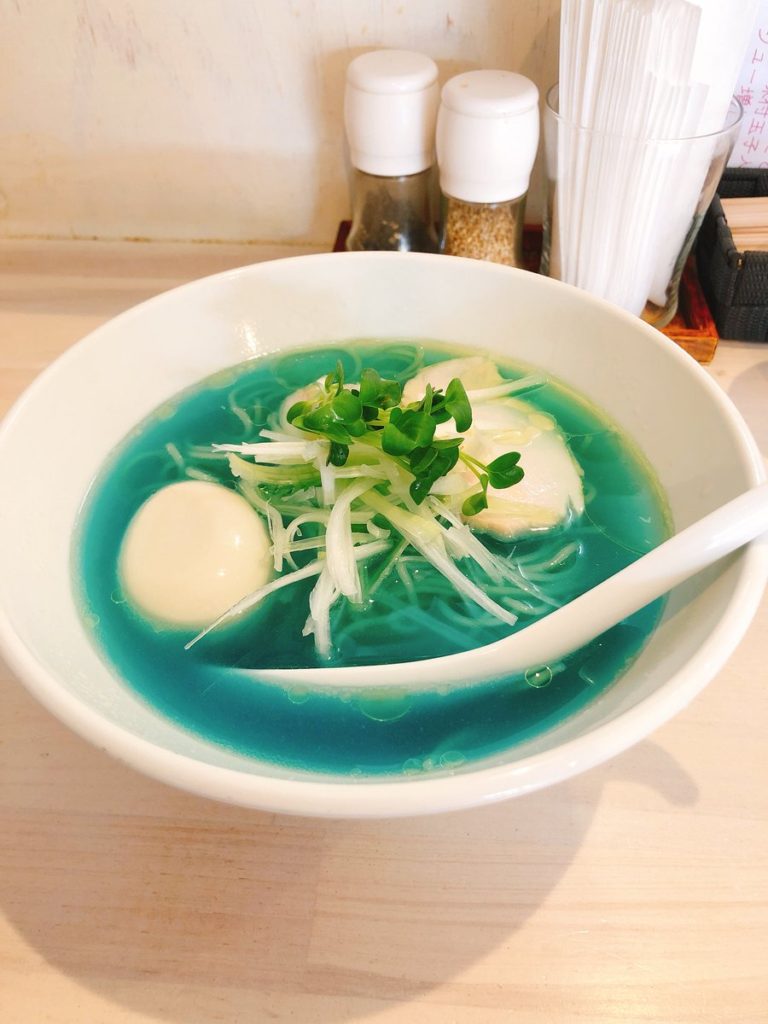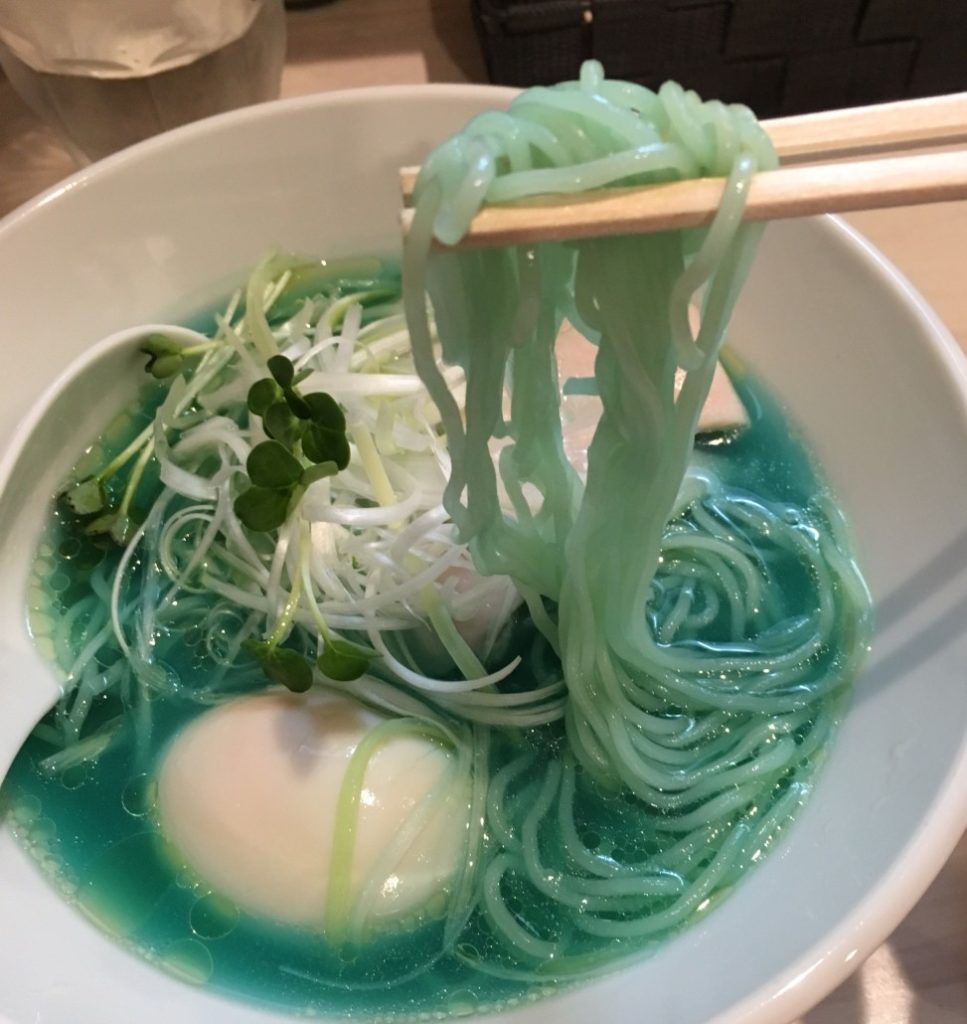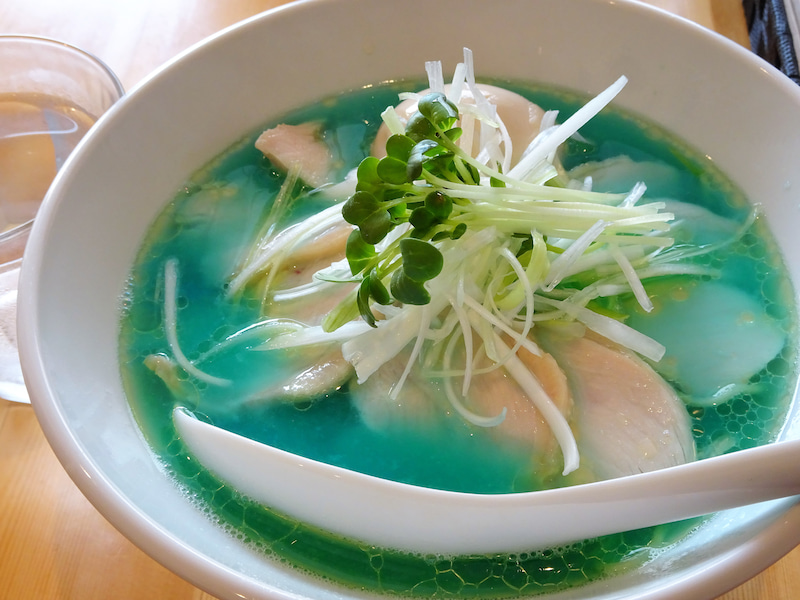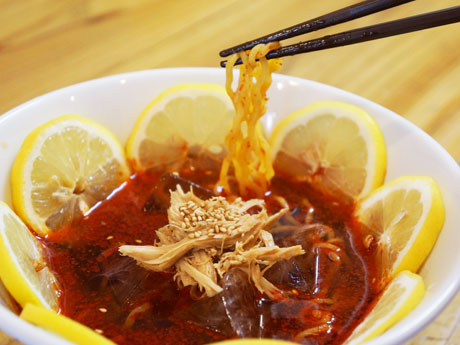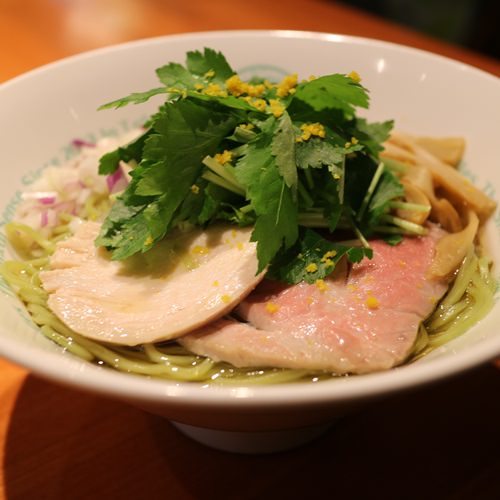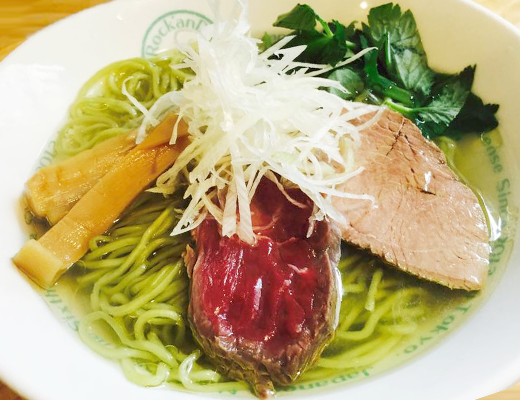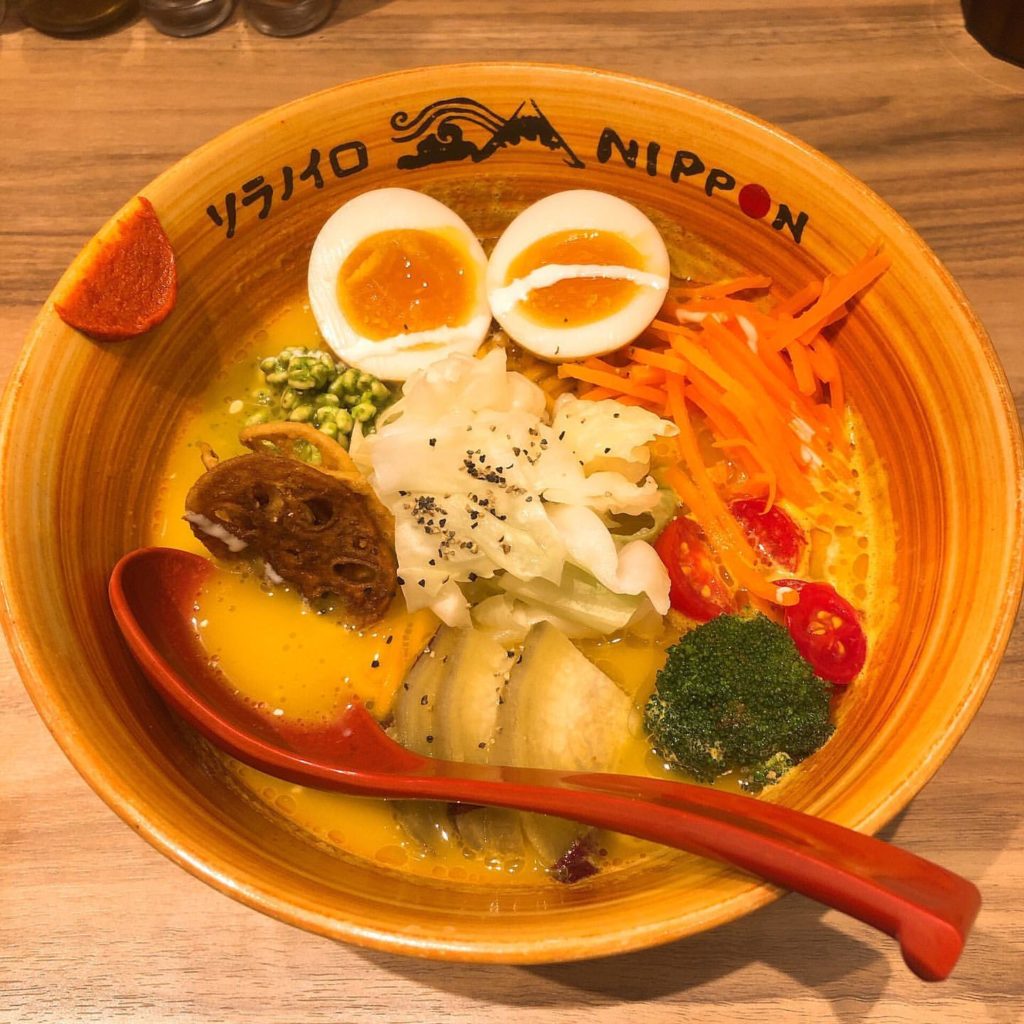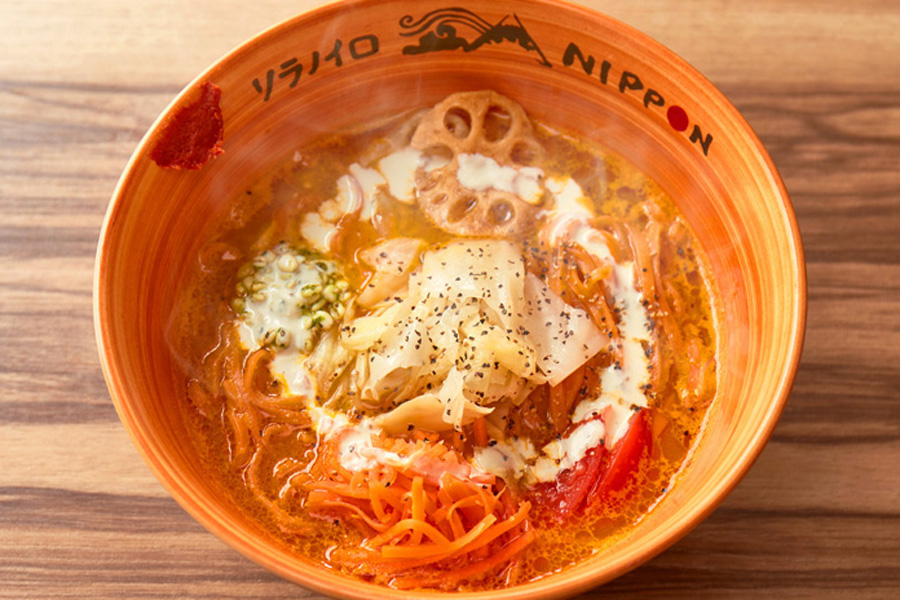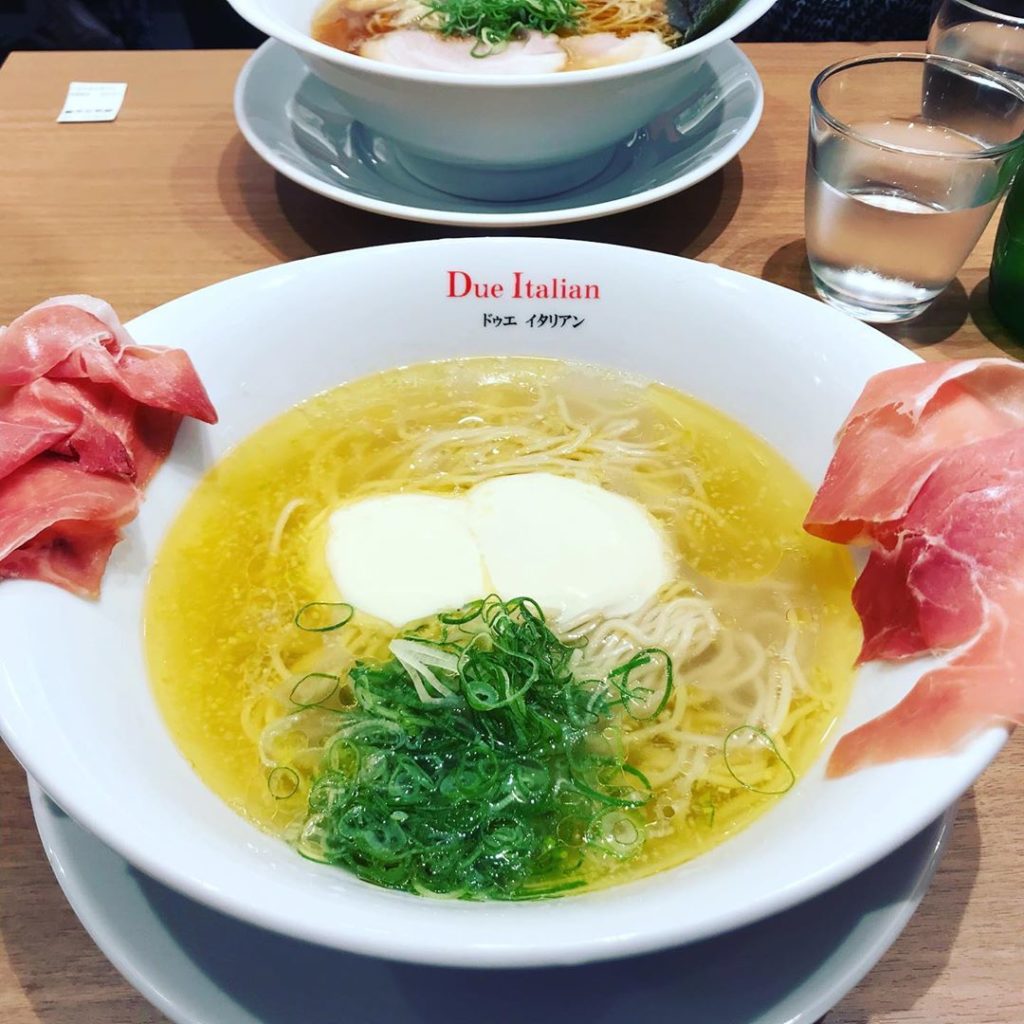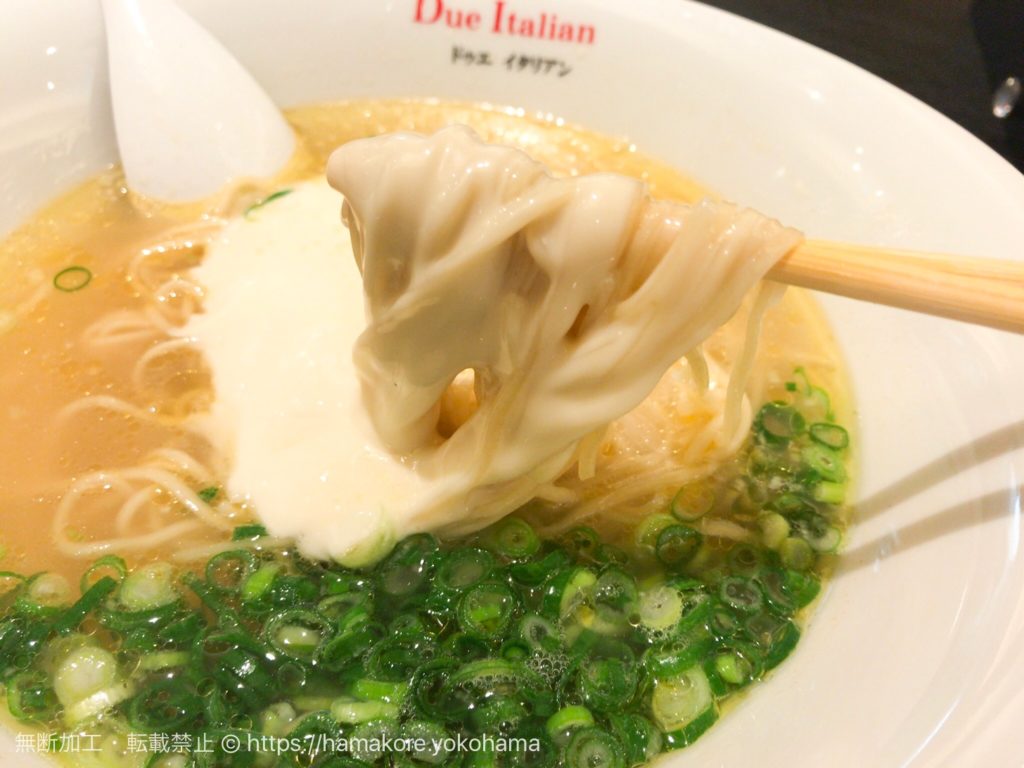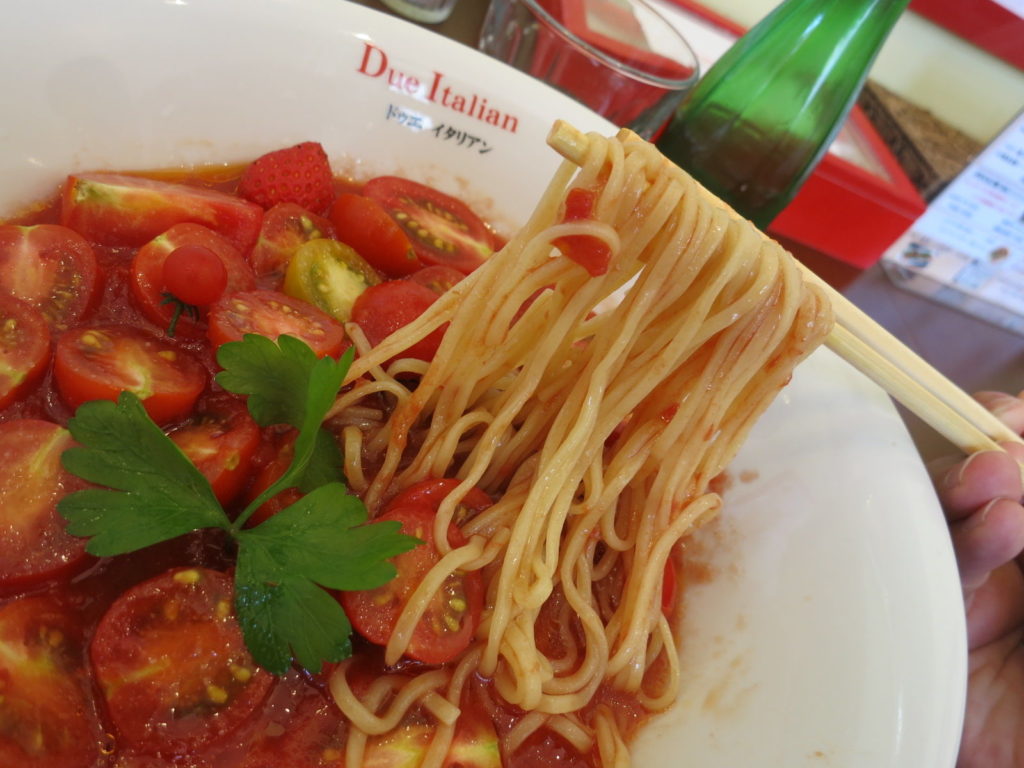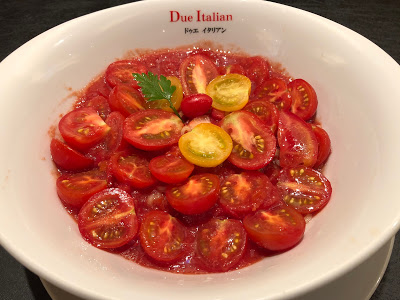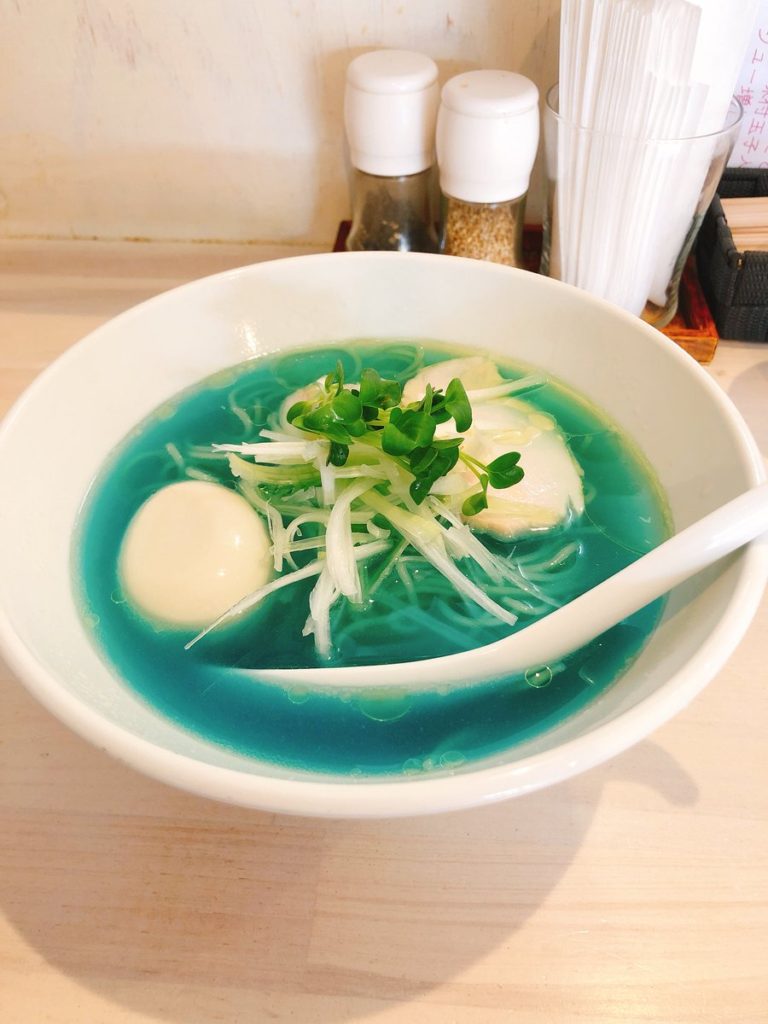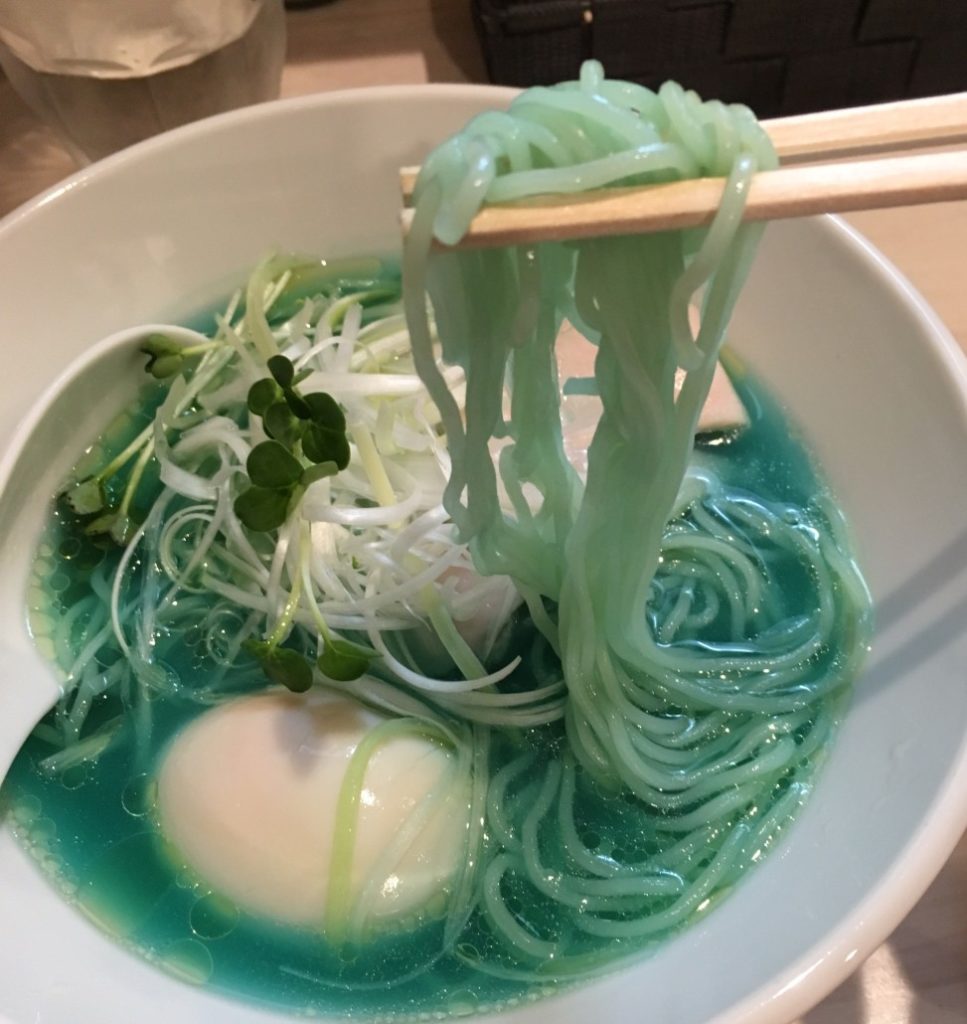Mùa lễ đang đến gần, hãy cùng ăn mừng Giáng sinh và ghé thăm chợ Giáng sinh theo phong cách Đức khi bạn ở Tokyo. Chợ Giáng sinh châu Âu đích thực với rất nhiều đồ uống nóng truyền thống, cây thông Noel, đèn chiếu sáng và đồ trang trí. Hãy xem qua danh sách các chợ Giáng sinh ở Tokyo năm 2019 này nhé!
1. Chợ Giáng sinh Roppongi Hills lần thứ 13 @ Roppongi Hills
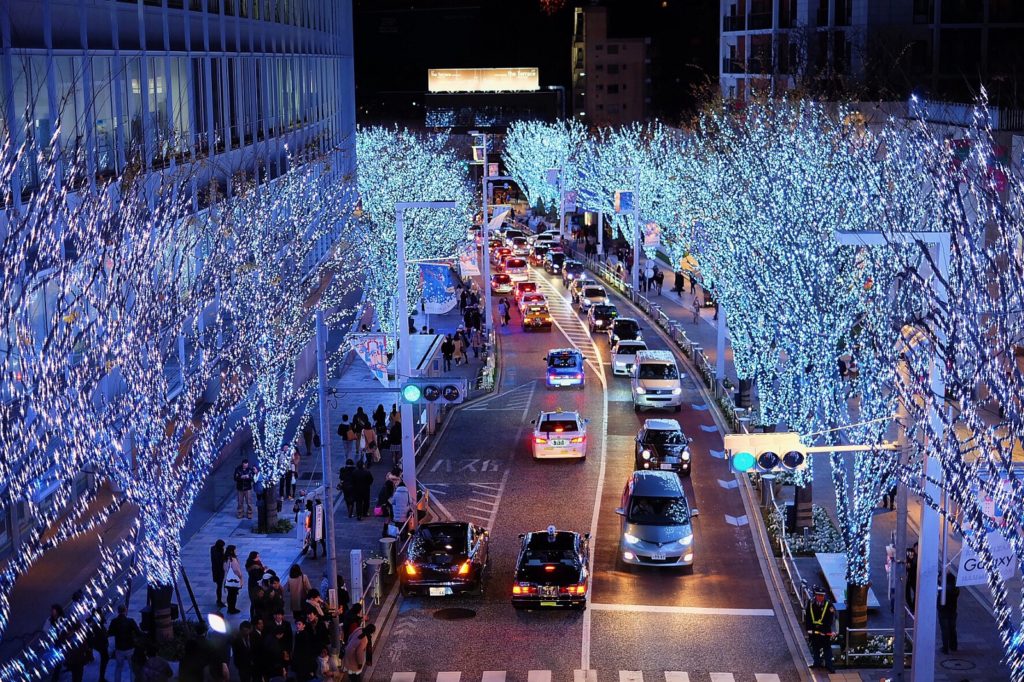
Đây có thể nói là chợ Giáng sinh lâu đời nhất ở Tokyo, được tổ chức ở Oyane Plaza tại Roppongi Hills. Chợ Giáng sinh đã được tổ chức để tái hiện lại thành phố Stuttgart, Đức, nơi được mệnh danh là chợ Giáng sinh lớn nhất thế giới. Tại chợ, có rất nhiều món ăn đồ uống Giáng sinh truyền thống của Đức và hơn 2.000 đồ thủ công Giáng sinh được bán. Cùng với không khí Giáng sinh náo nhiệt, hãy tận hưởng những ánh sáng lãng mạn, như cây thông Giáng sinh khổng lồ và đường chiếu sáng nổi tiếng trên đường Keyakizaka. Buổi hòa nhạc trực tiếp Giáng sinh cũng sẽ được tổ chức vào ngày 24 và 25 tháng 12 tại Roppongi Hills Arena.

Địa chỉ: từ ga Tokyo
Roppongi Thoát 1C
Ngày: 30 tháng 11 đến 25 tháng 12 năm 2019
Giờ: 11: 00 ~ 21: 00
2. Chợ Giáng sinh Tokyo 2019 @ Công viên Shiba
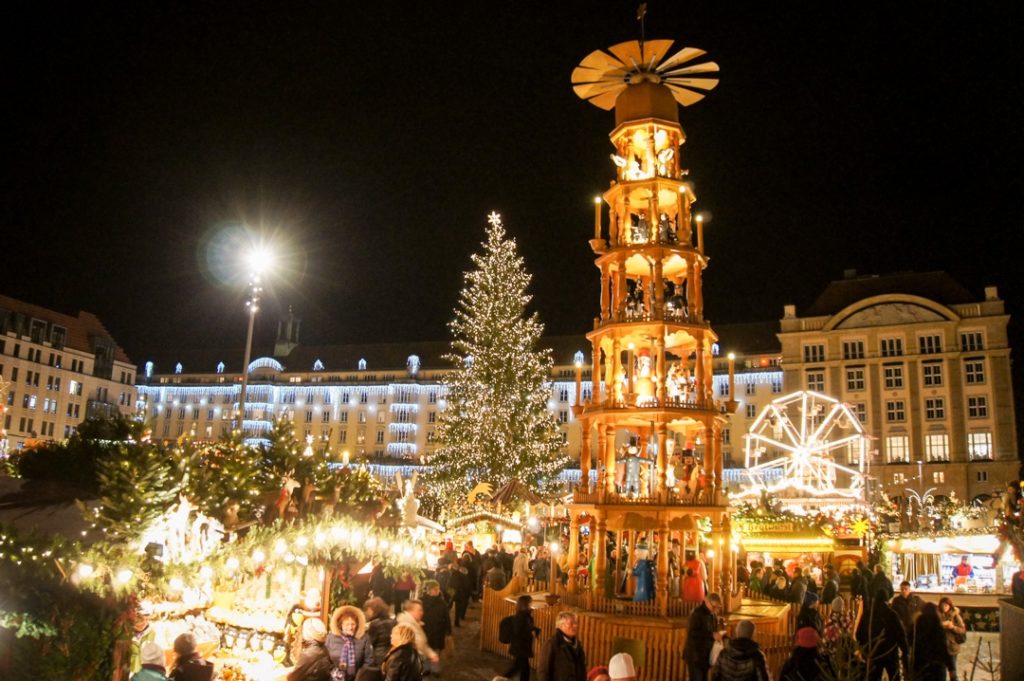
Chợ Giáng sinh Tokyo là chợ Giáng sinh ngoài trời theo phong cách châu Âu, được tổ chức tại Công viên Hibiya được tổ chức thường niên từ năm 2015. Năm nay, chợ đổi địa điểm thành Công viên Shiba gần Tháp Tokyo. Chợ Giáng sinh lớn nhất ở Tokyo có một dãy dài lều nhỏ bán đồ ăn, đồ uống và đồ trang trí Giáng sinh truyền thống cũng như các sự kiện âm nhạc đặc biệt. Điểm thu hút chính của chợ Giáng Sinh này là một kim tự tháp khổng lồ cao 14 m được nhập khẩu trực tiếp từ thành phố Dresden ở Đức.
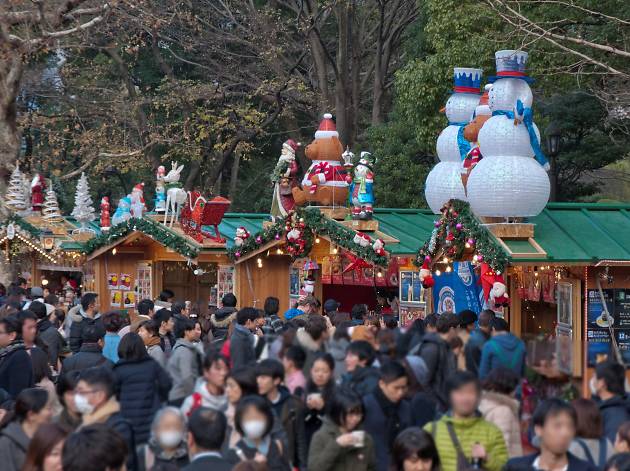
Địa điểm: đi bộ một đoạn
ngắn từ ga Onarimon
Ngày: 06 đến 25 tháng 12 năm 2019
Giờ: 11: 00 ~ 22: 00
3. Yebisu Garden Place Christmas Marché @Yebisu Garden Place
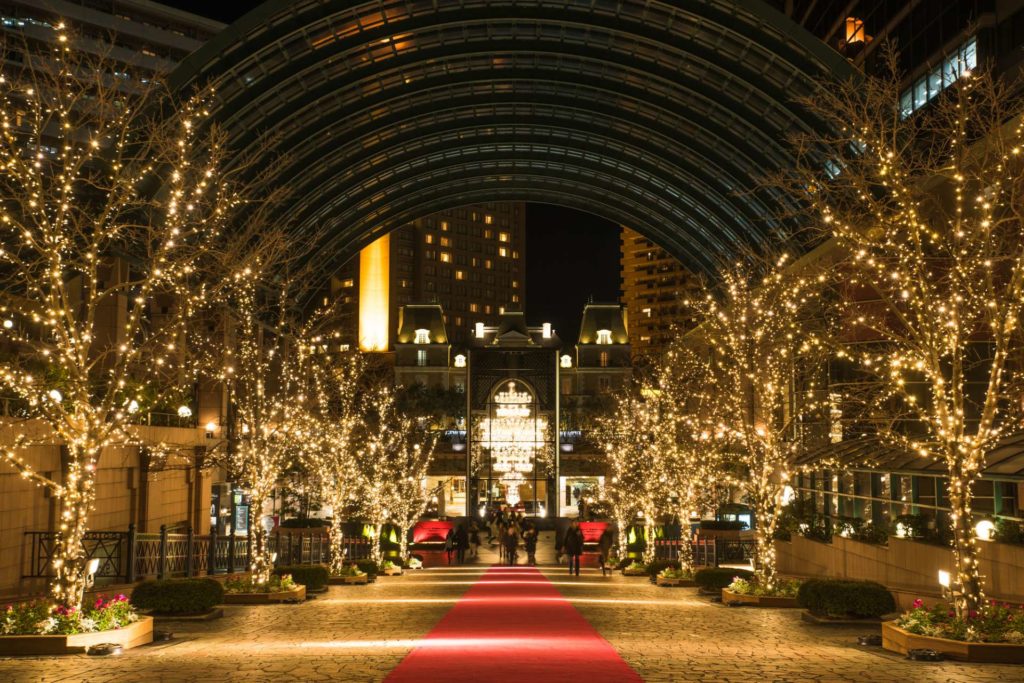
Yebisu Garden Palace được biết đến là một trong những điểm Lễ hội ánh sáng mùa đông đáng đi nhất ở Tokyo. Tại đây có trưng bày đèn chùm Baccarat lớn nhất thế giới, một cây thông Noel khổng lồ cao 10m và hơn 100.000 đèn LED. Trong mùa, một lễ Giáng sinh theo phong cách Pháp Giáng sinh Marché March được tổ chức tại địa điểm này với nhiều món ăn nhẹ và đồ uống nóng. Điểm lý tưởng cho các cặp vợ chồng vì không khí rất lãng mạn của nó.
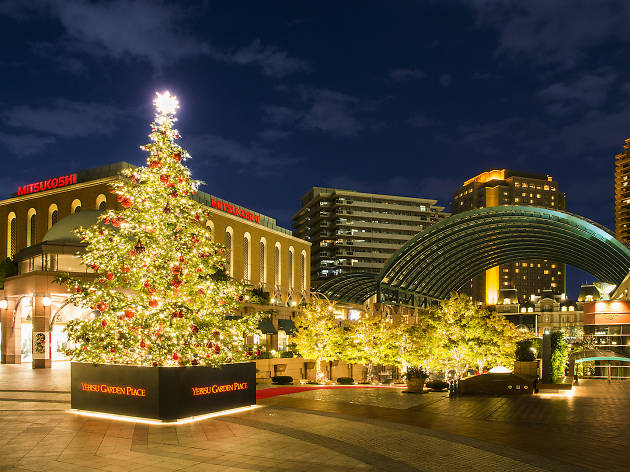
Địa điểm: 5 phút đi
bộ từ ga Ebisu qua Ebisu Sky Walk
Ngày: 2 tháng 11 đến 25 tháng 12 năm 2019
Giờ: 12: 00 20: 00
4. Tokyo Skytree Town Dream Christmas 2019Tokyo @ Tokyo Skytree
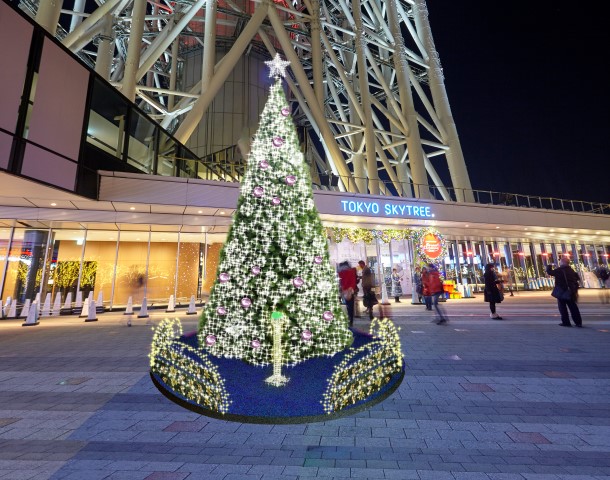
Tokyo Skytree Town sẽ tổ chức một sự kiện Giáng sinh đặc biệt từ ngày 7 tháng 11 đến ngày 25 tháng 12 năm 2019. Sự kiện này là lễ hội ánh sáng với hơn 500.000 bóng đèn LED, cây thông Noel cao và tỏa sáng đẹp rực rỡ, nhiều hiệu ứng ánh sáng trang trí chỉ có tại Chợ Giáng sinh Tokyo Skytree rất đáng để đi. Chợ còn phục vụ đồ ăn Giáng sinh, món tráng miệng và đồ uống mà khách có thể thưởng thức trong khi nhìn ngắm cả một khu vực trang trí đèn Giáng sinh tuyệt đẹp.
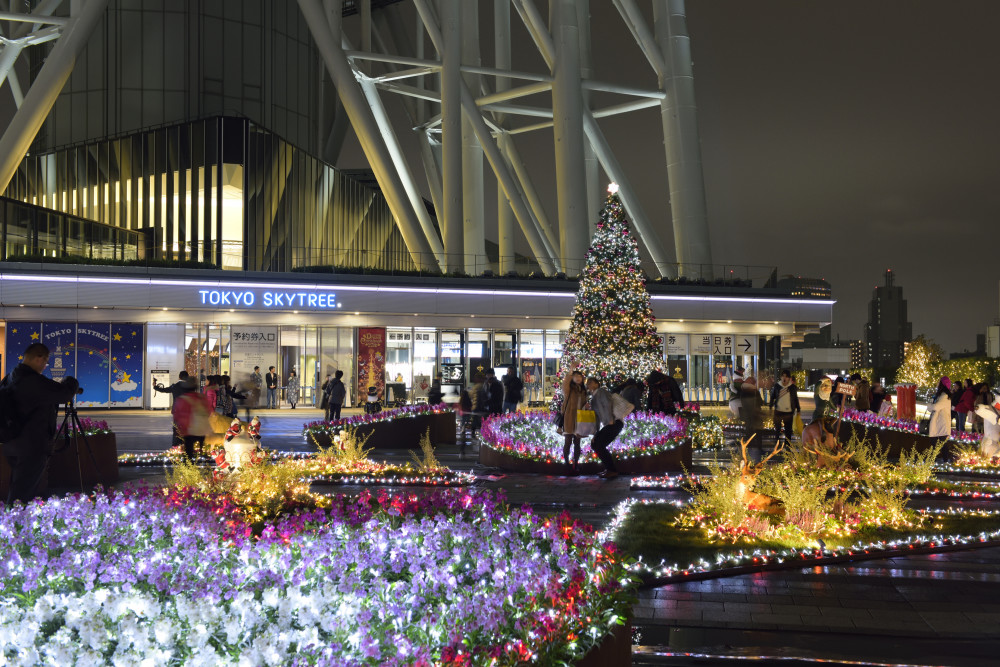
Địa điểm: đi bộ ngắn
từ ga Tokyo Skytree hoặc ga Oshiage
Ngày: 7 tháng 11 đến 25 tháng 12 năm 2019
5. Chợ Giáng sinh Yokohama Red Brick Warehouse lần thứ 10
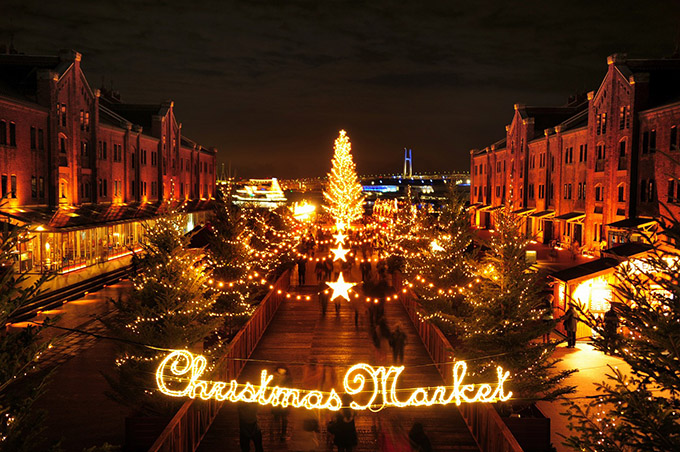
Yokohama là thành phố lân cận nơi bạn có thể di chuyển trong vòng 30 phút từ trung tâm Tokyo. Chợ Giáng sinh ngoài trời lớn được tổ chức tại Red Brick Warehouse Yokohama ở khu vực MM21 của thành phố, với các món ăn, đồ uống, đồ thủ công truyền thống của Đức, Cây thông Noel và đèn chiếu sáng. Red Brick Warehouse là một địa điểm hoàn hảo để tạo nên một không khí Giáng sinh tuyệt vời như vậy. Một sân trượt băng lớn cũng mở cửa cho mùa đông nằm cạnh chợ.
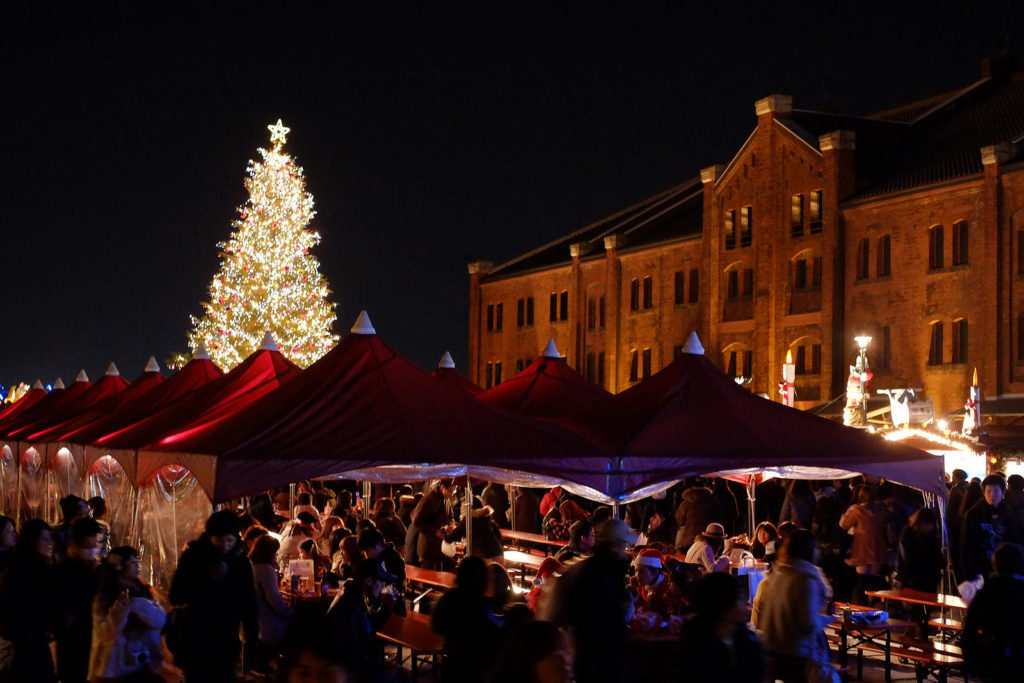
Địa điểm: 6 phút đi
bộ từ các trạm Bashamichi HOẶC Nihon Odori
Ngày: 22 tháng 11 đến 25 tháng 12 năm 2019
Giờ: 11: 00 21: 00 (22: 00 từ ngày 15 tháng 12 năm 2019)
